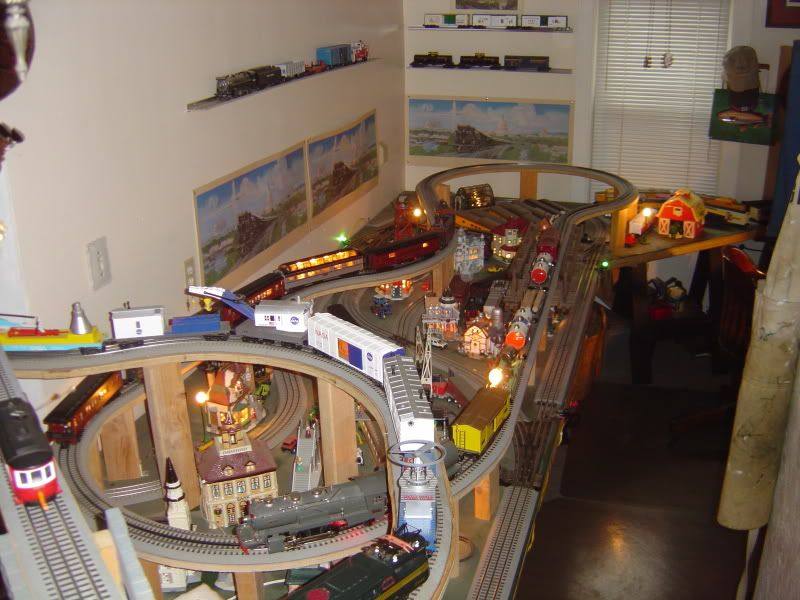Roger,
I'm tempted to use the method alluded to above and move the engine and tender while seated on some track, then "roll" it into position on another loop...I'm that reluctant about fiddling with this connection.
When 'manipulating' the drawbar I tried to make sure the bare wire lead was making contact with the tender's metal post. I read above where MTH told mtnhi7 that this bare wire had nothing to do with ground, but others have stated it does

I also tried to be sure the connection on the engine side of the drawbar was connected well as Steam Guy mentions...
Originally Posted by Steam Guy:
Now I know the the drawbar connection on the engine is suppose to be already in place but do the same thing on that side; firmly squeeze the drawbar up into its socket on the engine side.
I was having some intermittent glitches until I squeezed up on drawbar on the engine side. DON'T ASSUME THAT THAT SIDE OF THE DRAWBAR IS PROPERLY SEATED.
Steve
It could be that was the trick. I've had the shell off of the engine and am now aware there is a plug or jack on that side as well. Maybe this will make a difference on yours, but I'm glad you brought this thread back up, as I'm fairly convinced this is an ongoing issue for some.
Robert
![]()





